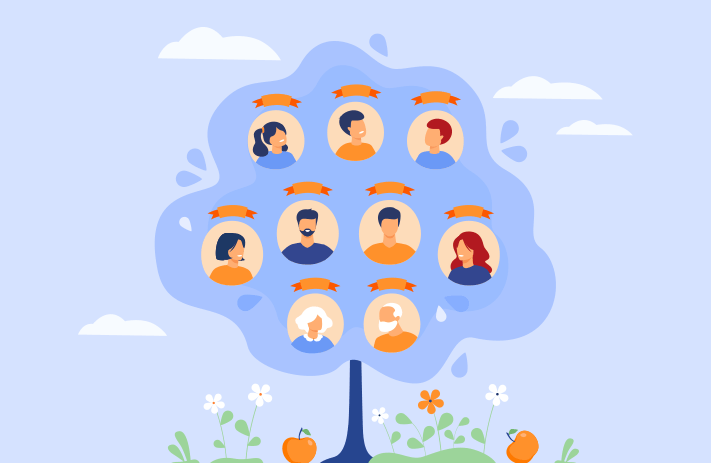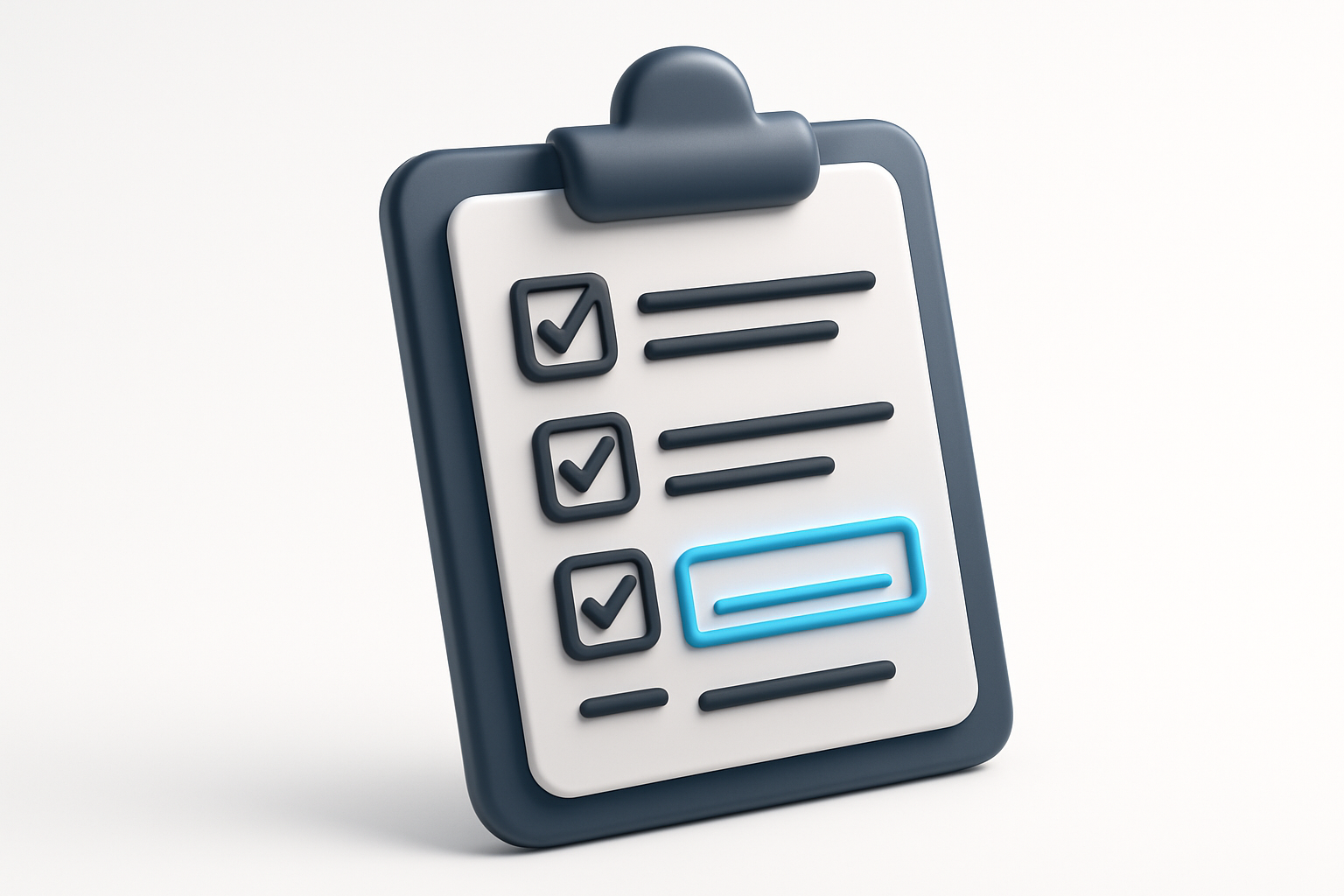
Click the button to start reading
For additional information on this topic, feel free to check out this Youtube video from our channel.
Now, onto the main content...
How to Manage a Multigenerational Workforce
While the saying “Okay Boomer” may have kicked off what appears to be a war of generations, the truth is that generations have been butting heads for centuries.
“[Young people] are high-minded because they have not yet been humbled by life, nor have they experienced the force of circumstances.”
Rhetoric, Aristotle, 4th Century BC
Had Aristotle had a Twitter account, rest assured that the generational frustration would have been much better known. Social media has made it much easier to not only point out differences between generations but also enable the creation of stereotypes that have trickled into our workplaces.
Thankfully, there are a number of studies that show, without a doubt, that a generationally diverse workforce is not only good business but makes for much more effective teams.

Working Generations
At this time, there are five distinct generations that occupy the workforce or are in positions of authority and influence over the workforce conditions.
The Silent Generation (born between 1928-1945)
While the majority are formally retired, you will still find them sitting on boards as well as other positions in which we rely heavily on their experience. This generation experienced both WWII and/or the Great Depression so it’s no surprise that this shaped their views and work habits. The Silent Generation tends to value tradition and loyalty above all else and are significantly more likely to have spent their entire career with one employer than other generations. Given their experience with the Great Depression, they are known to be thrifty which can be excellent quality in the workplace but sometimes hinder their ability to embrace new technology or take risks. Other words often associated with The Silent Generation include resilience, determination and work ethic.
Baby Boomers (born between 1946-1964)
This appropriately named generation was the result of a steep increase in children being born following the war. Boomers don’t tend to get enough credit for the role that they played in challenging the status quo and initiating some of the most profound movements and changes in our history. Because of their sheer numbers, Boomers grew up in a world of competition meaning those that worked the hardest, saw the advancements in their careers and reaped the rewards as a direct result. Because of favourable economic conditions, most Boomers were able to afford things that are considered luxury today such as homeownership and affordable education. They are known for their discipline and hard work.
Generation X (born between 1965-1980)
Sandwiched between two very loud generations, Gen X is often forgotten or tends to be lumped in with either Boomers or Millenials depending on the year they were born but there are important distinctions that set them apart. After women entered the workforce, birthrates dropped significantly making Gen X much smaller than the Boomers before them. They are known for being incredibly adaptable and resilient, the first generation where it was common for both parents to work outside the home. Gen X has a unique perspective on technology because they have lived through the development of it all, knowing both life with and without it. Though not to the extent of The Silent Generation, Gen X also lived through a recession in the 90’s and that certainly encouraged them to be resilient, thrifty, and flexible.
Millennials (born between 1980-1995)
If you ask any Millennial, they will tell you that they got the short end of the stick and that isn’t entirely untrue. Being raised by a generation that valued good employment, many Millennials were pushed into post-secondary education at a time the cost was significantly higher. While Gen X technically has the most student debt, they have much better employment prospects to manage their payments than Millenials. It isn’t all doom and gloom though, Millennials have challenged the notion that money is the ultimate driver and they demand a work-life balance and want to work for businesses that care about something other than profits. They value connection and work best when they are inspired. Millennials are also known as the pioneers of remote work. When it comes to technology, they are significantly more tech-savvy than previous generations and have high standards of working conditions.
Generation Z/Zoomers (born between 1996-2015)
Zoomers are looking to change the world and they have the best technology in their back pocket to support their movement. Young, energetic and incredibly diverse… just don’t call them Millenials… they really don’t like that. While many Millennials enjoyed their childhoods without social media, Zoomers live on it and it has shaped how they interact with the world. Their name is also appropriate as they are very quick to figure things out, especially technology, taking very little time to learn a new program or even research topics of interest. Much like Millenials, flexibility is a must for this generation and they are driven to work for organizations with a purpose other than just making money.

Managing Distinct Generations
Every single person is influenced by the world around them and although we live on the same planet, experiences differ greatly depending on time, location and even resources available. These experiences shape our motivation as well as our sense of purpose which ultimately effect our work habits and preferences. The sooner that you can embrace this idea, the closer you will be to having a fully functional intergenerational team.
But this won’t come easily.
For example, older generations tend to gravitate towards phone calls or physical meetings over texts and emails that younger people tend to prefer. If your assumption is that young people lack social skills to have phone or in-person conversations, you will miss the true motivation behind this preference and miss an opportunity to understand how experience shapes this preference.
While it is true that the thought of a phone call can be anxiety-inducing for some people, the preference for text or email is actually often based on the consideration of time, their own but also someone else’s. A text or email can be answered at the earliest convenience while a phone call is assuming that someone has the time, then and there, to chat. If you are used to being available and value a short and concise call as was the norm in older generations, this is a non-issue. However, if you are used to the flexibility and less micromanagement of your time, a phone call can feel very intrusive.
There is no right or wrong way to communicate but understanding the motivation will go a long way to opening those doors and building mutual respect. Understanding the origin of these differences opens the doors to a reasonable compromise and reduces tensions.

10 Tips for Managing an Intergenerational Workforce
How you manage or participate in an intergeneration team will vary greatly. There are a lot of personalities at play and generalizations (even the ones given above) can create an unnecessary block. Take a step back and consider implementing the following tips to build cohesion in your team.
1. Throw Out Harmful Stereotypes
It isn’t helpful to take stereotypes into your workspace but it is helpful to understand the different generations that make up your team to better meet their needs. Stereotypes generally focus on the negative so shift your perspective to some of the positive attributes that we understand from different generations and use that as a starting point.
A recent study found that even the threat of age-based stereotypes meant that people did not perform as well and were less likely to work towards longer-term professional goals. If you assume that a Millenial will be entitled, or that a Boomer may push back the thought of updating new technology, you will miss out on the unique perspective that comes with that generation.
Check your unconscious bias at the door and get to know people as individuals. You may be surprised.
2. Understanding Motivations
Consider the conditions of the time that certain team members entered the workforce. Did they start their career in 2020 when a global pandemic forced people to work remotely? If so, chances are that they have come to expect a flexible work environment with the option to partially or full work remotely. If someone started work during any period of recession, they likely value stability and predictability over flexible work arrangements.
While these are generalizations, giving yourself a starting point based on significant historical events will give you an idea of what to expect. From here, simply ask! People are happy to share what motivates them to work and the conditions that they would work best in. Many people share motivations and differ only in how they reach for them.

3. Communicate Preferences
Most issues can be mitigated if only people would clearly communicate. Make it a priority to sit down and speak with your team and provide a safe space for them to express their work and communication preferences… there is no need for guesswork!
There is a time and place for just about every style of communication so finding a balance and offering a compromise will go a long way to building mutual respect. Showing that you will embrace a style opposite of your preference will give a positive example for someone else to move a little bit too and find a happy medium.
4. Educate Your Team on the Value of Diversity
At this time in history, there is really no excuse to not value diversity in the workplace. Whether you have a small or large team, prioritize getting a diverse group of people around the table, age is just one of the measures of diversity but is a great one to start with. Consider also ethnicity and gender identity.
There are sufficient studies from all disciplines including economists that show diversified teams see more success. The initial challenge of finding your balance as it related to managing an intergenerational team is well worth the outcome.
5. Embrace Commonalities
In your quest to mitigate differences, don’t forget to highlight commonalities. What are the common values present in your team? You may be surprised to find more overlap than expected because people can live and express the same values in different ways.
Just about everyone in the workforce wants to:
- Contribute beyond themselves
- Be fairly compensated for their work
- Feel valued and appreciated
- Provide for themselves/their family
- Be happy
These are all things that we can get behind and anything that gets in the way of those desires will cause frustrations among the team.
6. Be Flexible
At first glance (at least for this Millenial), you may assume that flexibility is simply time and space-related. That is certainly true, all studies are pointing that the new generation of workers is expecting their employers to offer some kind of flexible working arrangements but there are a number of areas that you should expect to be flexible in. Do not bend completely in one direction if your team has a diverse generational makeup. Some people truly prefer traditional work hours and expectations and their preferences are valid and should be respected.
Another way to be flexible is in offering personal and professional development based on the needs of your team. Consider what each person is interested in developing or even exploring when it comes to professional skills. Allow your team to work across silos (within reason) and encourage collaboration where ever possible.
7. Respect boundaries
This is one of the hardest parts of managing an intergenerational team and the larger the age gap, the more profound the distinction tends to be.
As younger generations enter the workforce, so do their more progressive views on a number of issues and topics that were once considered taboo to utter in the professional environment. We have them to thank for helping to reduce the stigma and draw attention to a number of important issues such as mental health, gender identity, and diversity. That said, this can cause some tension in an environment with a workforce that was used to simply going to work and doing a job.
It isn’t possible that every single person will agree but it is necessary that they understand why an organization will place a higher value on their stance on these issues. A good example is that of race relations. A 2020 Pew Research study found patterns in responses to the question of Black being treated less fairly. The younger the generation, the higher likelihood that the respondent would indicate that they believe that Blacks are treated less fairly than whites.
The word “respect” often gets thrown out in conversations between generations because their experience has shaped how respect is given over the years – some people feel respect needs to be earned and others that it is implied. This is a balance that will have to be struck within your team.

8. Commit to Learning
Learning is everyone’s responsibility, not just the young people starting out but also the senior-level employees who have been in the workforce longer than the young ones have been on this planet. At its core, committing to learning about each generation is a sign of respect and will help to mitigate any frustrations that may come with differing motivations.
Committing to learning starts at the individual level but can be facilitated through management by creating and structuring teams with complementary personalities and motivations but different perspectives. These pairings will help to break down the silos and appreciate commonalities.
9. Provide Unconscious Bias and EDI Training
While it may seem like a cop-out, outsourcing unconscious bias and EDI (Equity, Diversity, and Inclusion) training is a smart and easy way to start the conversation about working with different groups of people.
10. Set the Standard
There is no better way to encourage change than to walk the walk and talk the talk yourself. Make an effort to connect with people of different generations. This does not mean treating everyone the same, that will inevitably leave some people left out and unappreciated. Respect and acknowledge differences, be intentional about connecting with your team no matter what your position is.
Conclusion
Every single person has entered the workforce under a distinct set of conditions that have shaped their motivation and work habits. Understanding this fact will ensure that your team can embrace the best of each person and succeed.
















